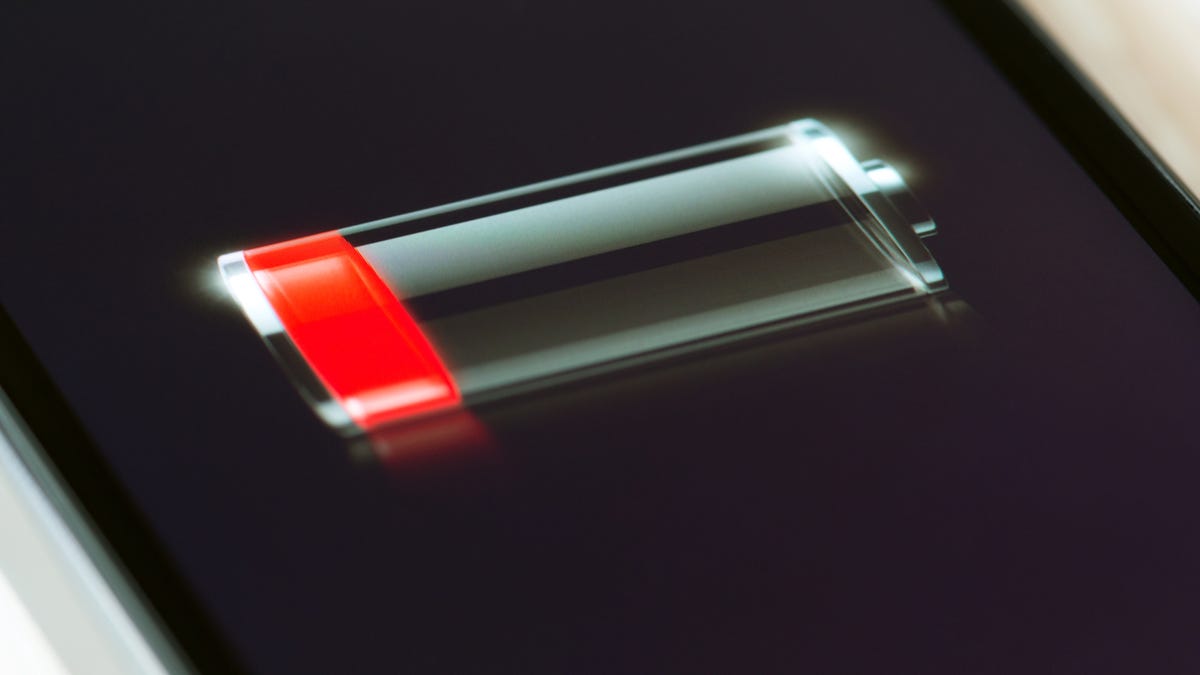[ad_1]
How’s your iPhone behaving after the iOS 16.2 update? Jason Cipriani/ZDNET
Here we are, yet another iOS release — likely the last one of 2022 unless some colossal security blunder or showstopping bug comes to light — and iPhone owners are once again divided.
Does the new iOS 16.2 release improve or degrade battery life?
I’ve been keeping an eye on social media and Apple’s support forums, and opinions are mixed. Some say this update is a gigantic improvement, others say it’s abysmal.
If you’re experiencing good battery life, good for you. You can stop reading here and get on with better things.
However, if you are one of those people having battery issues, I have some tips and tricks to help your make it through the day.
1. Be patient
It’s normal to experience a drop — even quite a significant drop — in battery life following the installation of an iOS update.
Also: Apple just released updates for everything from iOS to HomePod: What’s new
iPhones need to carry out a number of tasks in the background in the aftermath of an update. This consumes more battery power than usual, and the battery life will return to normal once all these extra tasks have been completed.
2. Update your apps
The problem might not be an iOS issue but more a problem with an app gone rogue, especially when new versions of iOS have been released. That means it’s a good idea to make sure all your apps are updated before you go spending a lot of time trying to diagnose what’s going on.
Fire up the App Store app and click your profile icon in the corner, then scroll down to Available Updates to look for updates (I like to pull down this screen to refresh it, so I see all the latest updates).
Also: Apple fixed the Always-On Display. Here’s how you can tweak it now
3. Find out what’s eating your battery
OK, so updating iOS and your apps hasn’t solved the issue, and your battery is showing as fine. What else could it be? It could be a rogue app that’s draining the battery. And fortunately, iOS offers you the tools you need to track down misbehaving apps.
Head over to Setting > Battery, and here you will see a lot of data, including Battery Usage By App. Tapping also allows you to switch to Activity By App, which shows a breakdown of how much power the app is using while on the screen and how much it is using when in the background.
Also: This Apple Watch feature could be costing you money
Analysing battery drain in iOS. Adrian Kingsley-Hughes/ZDNET
You can use this information to diagnose battery drain issues. Here are some other things you can use this information for:
- An app going berserk in the background will show lots of activity in the background compared with screen activity (try disabling background activity for that app and see if that helps).
- You can spot charging problems (Was the battery actually charging when you thought it was?).
- You can also spot poor battery performance (Look for battery charge falling rapidly).
4. Wait for the next iOS update
Bugs do slip through the net, and sometimes all you can do is wait for Apple to fix the problem and roll out a new update.
Apple is getting much better about fixing issues like this, although you do have to wait for the fix and take a gamble that the new update does indeed fix the problem and not cause more chaos.
That said, given that pretty much every update Apple rolls out nowadays is packed with iOS security updates, I recommend installing updates, as not doing this can leave your iPhone vulnerable to attack.
[ad_2]
Source link



